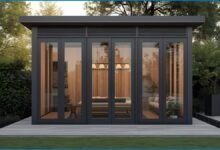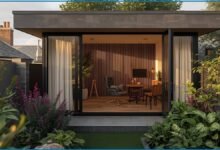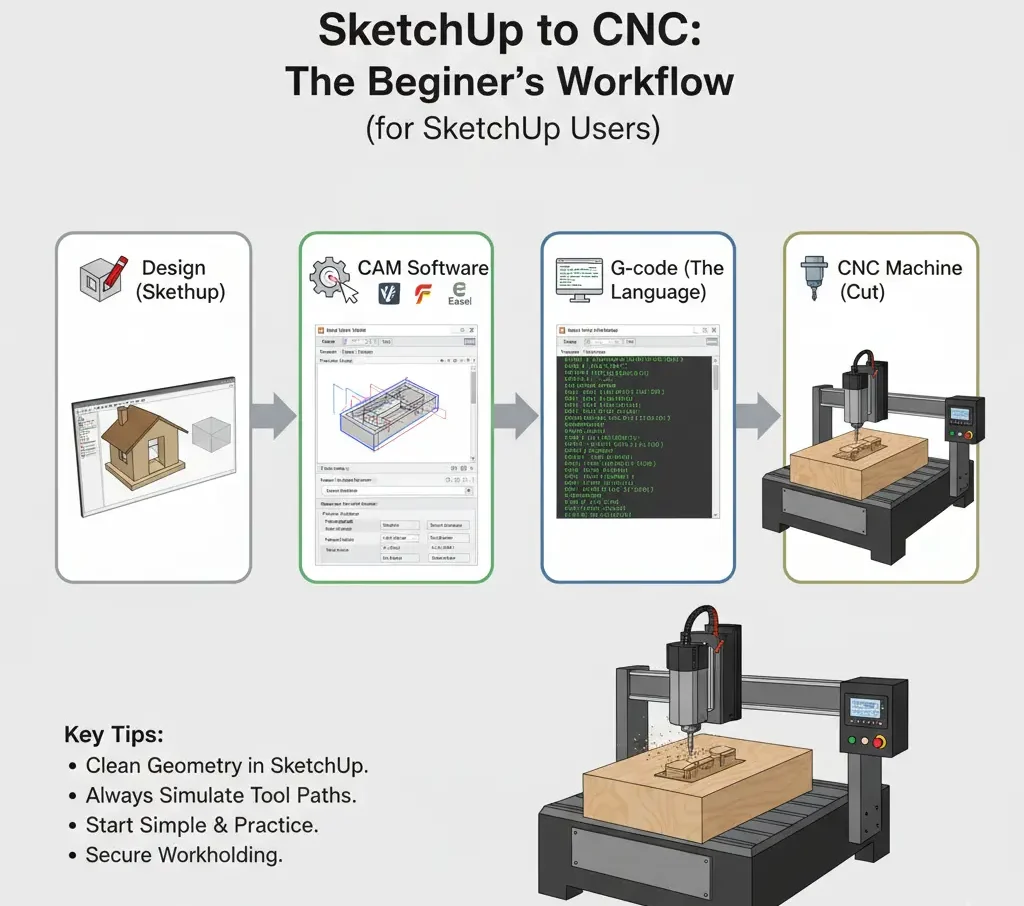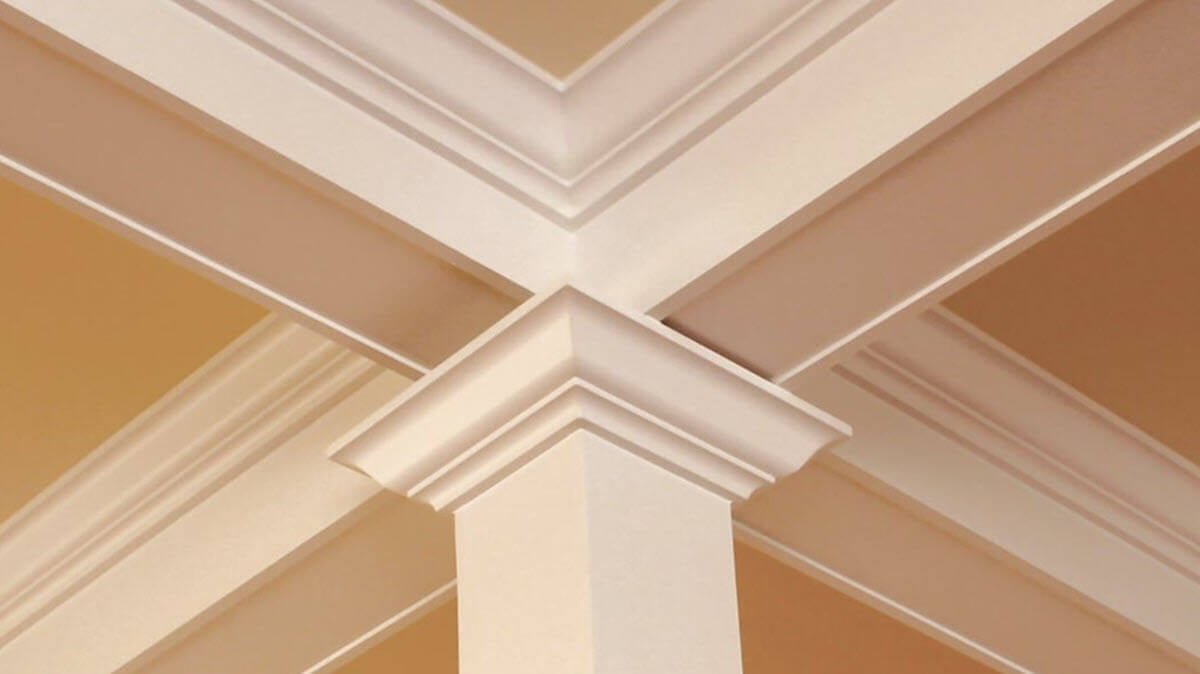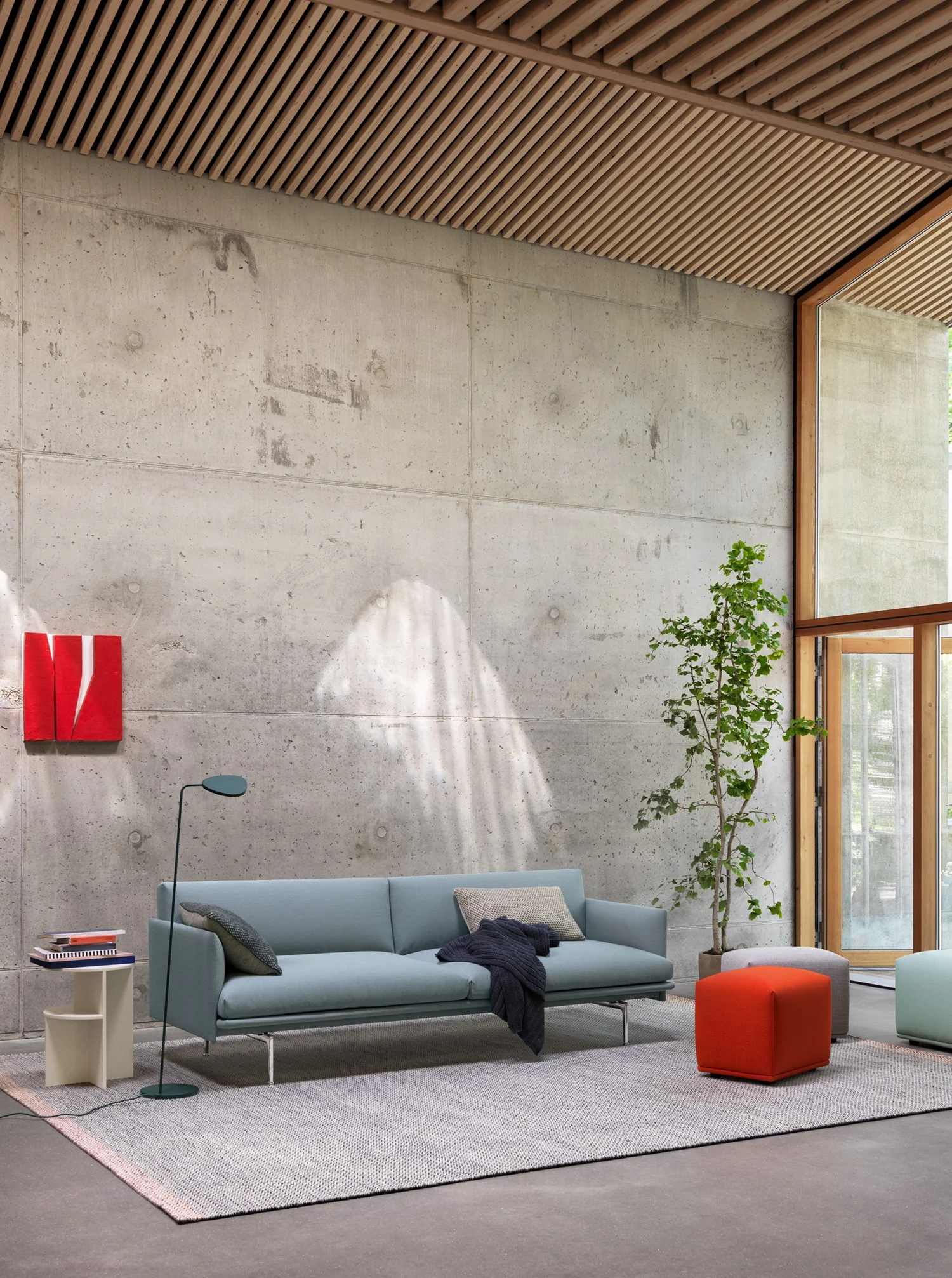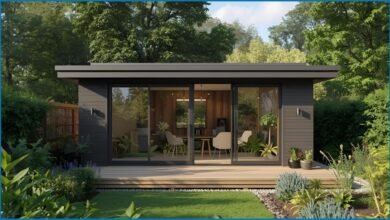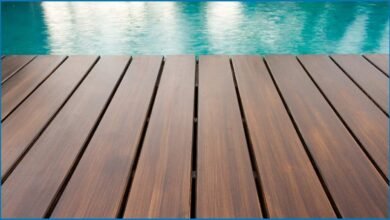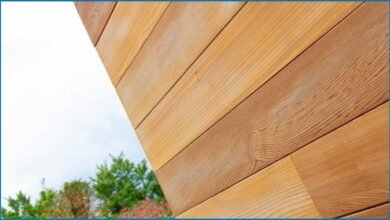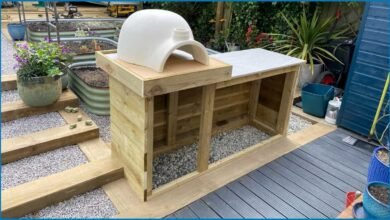Creating the Perfect Media Wall: Design Ideas and Layout Tips
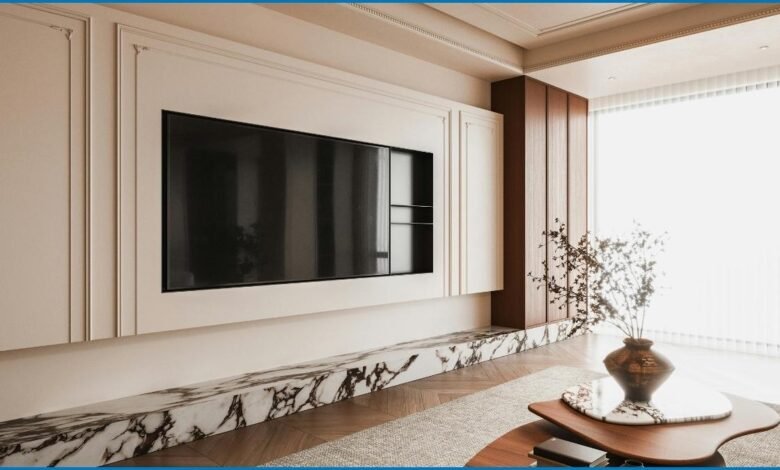
The Evolution of the Modern Media Wall
The modern living room has evolved far beyond a simple TV on a stand. Today’s homeowners are embracing **media walls** as sophisticated focal points that seamlessly blend entertainment functionality with stunning visual appeal. A well-designed media wall does more than just house your TV; it transforms an entire room, creating a smooth mixture of technology, storage, and elegance that reflects your personal taste while maximizing your space’s capabilities.
Media walls are increasingly common as homes become more connected and entertainment systems grow more complicated. Instead of cables climbing across the walls and multiple devices scattered around the room, a thoughtfully planned wall consolidates everything into one organized display. This approach not only enhances aesthetics but also improves function, making it easier to enjoy your favorite programs, movies, and music in a **clutter-free environment**.

Understanding Media Wall Basics
What Defines a Media Wall?
A media wall is essentially a designated wall space specifically designed to accommodate a TV and all relevant entertainment components. Unlike a simple TV mount, a media wall incorporates additional elements such as: **Built-in storage**, **decorative features**, **integrated lighting**, and **cable management systems**. The result is a cohesive design component that functions as both an entertainment center and an architectural feature. The most successful media walls balance **form and function**, ensuring that technical requirements don’t overshadow visual appeal. This means carefully considering factors like viewing angles, proper **ventilation** for electronic components, and easy access for maintenance.
Planning Your Space
Before diving into design choices, it’s crucial to evaluate your room’s layout, natural lighting, and current decor. The wall you choose should provide ample space for the TV and the entire composition you envision. For optimal comfort, consider the **viewing distance**—experts recommend sitting approximately **1.5 to 2.5 times the diagonal screen size** away from the TV. The **room proportion** plays a decisive role: a massive wall can overpower a small space, while a modest setup may get lost in a large area. Take precise measurements and sketch out a plan to visualize configurations.

Design Styles and Aesthetic Options
Modern Minimalist Approach
**Clean lines**, **neutral colors**, and **uncluttered surfaces** define the minimalist aesthetic. This style features sleek, wall-mounted units and simple, geometric storage or floating shelves. The focus is on function while maintaining visual simplicity. Minimalist walls often include **hidden storage solutions**, with smooth cabinet doors that conceal electronics, which is perfect for contemporary homes aiming for a calm and serene environment.
Traditional and Rustic Designs
For homes with traditional or rustic decor, media walls can incorporate **natural materials** such as wood, stone, or brick. Ornate bookcases, decorative moldings, and warm color palettes help merge modern technology with classic design. These approaches often feature the TV as one element within a larger composition that includes display shelving for books and collections. Traditional media walls may integrate a **fireplace** to create a cozy gathering point.

Essential Components and Features
Storage Solutions
Effective media wall design requires addressing the need to store multiple devices, cables, and accessories. **Concealed storage** keeps clutter out of sight, while **open shelving** allows for displaying decor. Always consider **ventilation requirements** for electronic components and include wire management systems to maintain clean lines.

Lighting Integration
Strategic lighting enhances the media wall’s effect. **LED bias lighting** behind the TV reduces eye strain, while **accent lighting** inside shelves highlights displayed items. Use **dimmer switches** and smart lighting systems to customize colors and intensity for different occasions, transforming the wall into an evening entertainment centerpiece.

Layout and Composition Principles
Creating Visual Balance
Successful layouts adhere to design principles of balance and proportion. The TV acts as the central anchor point, with other elements arranged **symmetrically or asymmetrically**. Symmetrical arrangements create a formal, balanced look, while asymmetrical compositions feel more dynamic and contemporary. The goal is to ensure the **visual weight** is appropriately distributed across the wall area.
Incorporating Decorative Elements
Beyond function, successful media walls reflect personal style. Incorporate decorative elements such as artwork, plants, or architectural details like **textured wall panels** or contrasting paint colors. You can also use natural elements like **wood grains or stone textures** to add warmth and visual interest, fully integrating the media wall into the room’s design.

Frequently Asked Questions
What’s the ideal height for mounting a TV on a media wall?
The center of the TV screen should generally be at **eye level** when you are seated. For most people, this means mounting the TV so its center sits about **42-48 inches from the floor**. If you are including a fireplace, you may need to mount it slightly higher, but avoid excessive height that causes neck strain.
How much space should I leave around my TV for ventilation?
Leave at least **3-4 inches of clearance** on all sides of the TV and other enclosed electronic components. Electronic devices generate heat and require adequate airflow to function correctly and prevent damage.
Can I create a media wall in a small room without it overwhelming the space?
Absolutely! Focus on **wall-mounted units** instead of bulky furniture, use **lighter colors**, and incorporate mirrors or glass elements to create the illusion of more space. Keep the design simple to avoid a cluttered look in a constrained area.
What’s the best way to hide cables and wires in a media wall setup?
For a clean look, options include running cables **in-wall** (requires electrical work), using decorative cable covers, or integrating dedicated cable management systems within the wall’s design. Planning cable routes early is essential.
How do I choose between built-in and modular media wall systems?
**Built-in systems** offer seamless, customized integration but are more permanent and generally more expensive. **Modular systems** provide flexibility, can be reconfigured or moved, and are ideal for renters or those who want to change their decor regularly. Your budget, timeline, and long-term plans should guide your decision.

Conclusion: Bringing Your Vision to Life
The creation of the ideal media wall requires balancing aesthetic appeal with practical functionality, but the results can transform your living space into a sophisticated entertainment hub that reflects your personal style. Whether you prefer simple elegance or traditional warmth, the key lies in accurate planning, choosing thoughtful components, and paying attention to details like lighting, storage, and cable management.
Remember that your media wall should enhance your daily life while complementing your home’s overall design. Take time to consider your family’s viewing habits, storage needs, and aesthetic preferences before committing to a specific design. With appropriate planning and implementation, your media wall will be a stunning focal point that combines technology, function, and elegance in complete harmony.
Resource Links for Media Wall Inspiration
- Minimalist Design Principles – Understanding the minimalist approach to decluttering and design.
- Media Wall Layout Ideas – Inspiration and examples for different compositions and styles.
- HGTV TV Wall Design Tips – Expert advice on integrating technology into home decor.


